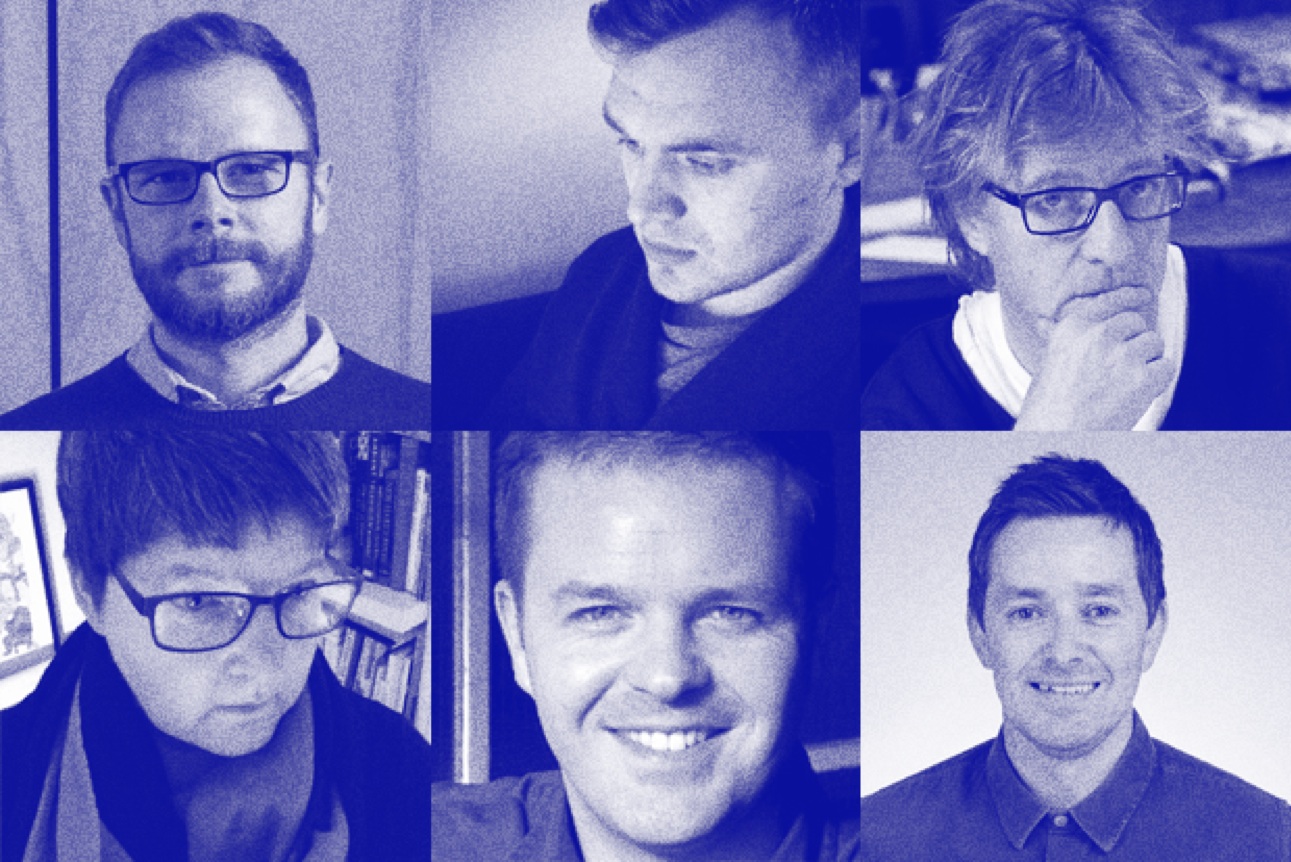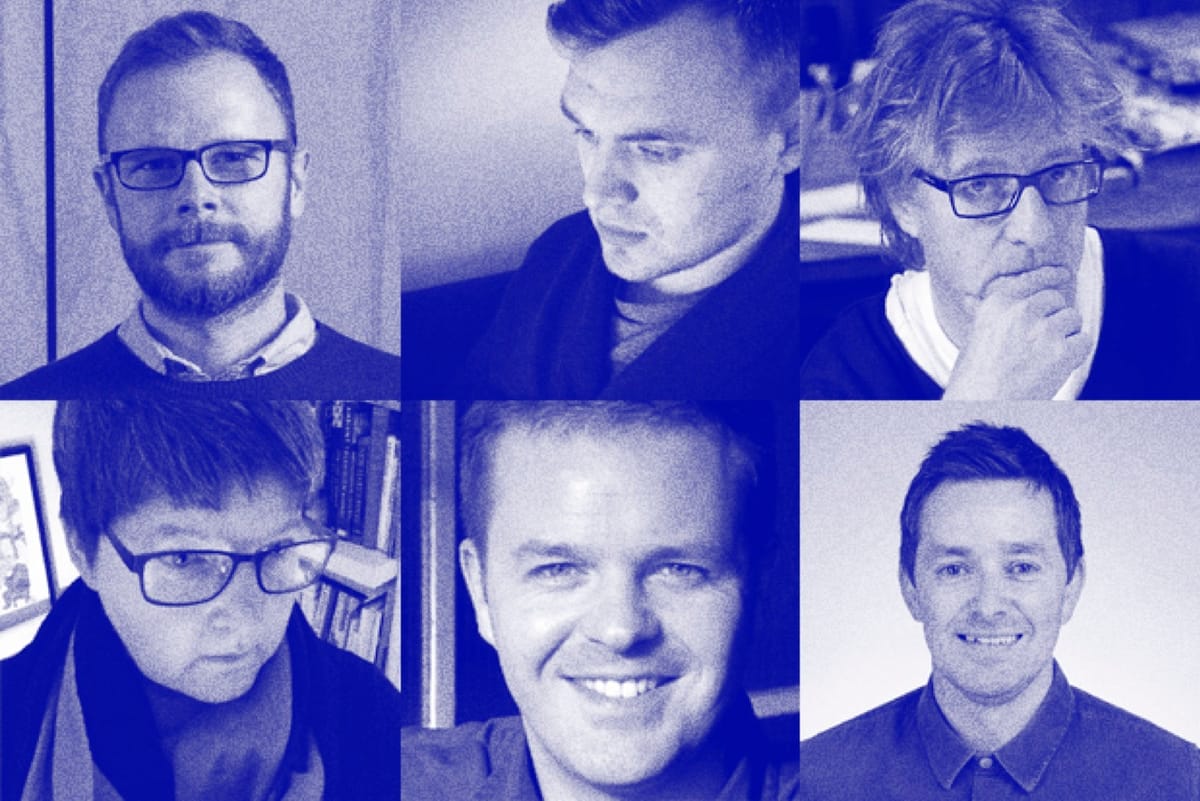The design industry has changed radically in the past twenty-five years. We ask six top figures, from Javier Mariscal to Teal Triggs, to predict the future for the creative landscape.

What do you think the next twenty-five years will hold for communication design?
Pete Thomas, Uniform
The concept of computers and the Internet simply won’t exist. These have already become the invisible enablers behind Smart Phones and Apps. The next few years will see connected technology integrated and reimagined into a wide variety of platforms for communication. The difficulty inherent in designing for this is that it’s not clear yet what they will be or which, if any, will prove to be the most successful. The challenge for designers will be in understanding how to move beyond the screen and communicate simply and consistently across such diverse platforms.
uniform.net
Craig Oldham
Communication design is increasingly being applied as an intellectual discipline, brought in to look at problems where the solution may not even be concerned with anything visual. Designers need to apply their thinking to systems, structures, and strategies as much as visuals and objects. It makes for some exciting times.
craigoldham.co.uk
Javier Mariscal
Design and communication is not like fashion, where you have to launch trends and varied collections each season. Trends in design and communication come from the changes in society. We're stretching that language and evolving it, incorporating new media and playing with it, bringing them to our ground/domain and providing them with a personal touch. It is clear that digital media is growing. It is a platform where we will exchange more products and information, there are new elements and technologies that coexist with old media such as radio and TV. This speed of communication makes us faster, more agile, more synthetic, but also more ephemeral. Nothing lasts, everything flows. I will go as far as my curiosity takes me.
mariscal.com
Teal Triggs, RCA
We will see more of an emphasis on do-it-yourself design, small data, multi-modality; a seamless fluidity between virtual and physical platforms. Design is connected communities.
rca.ac.uk
David Law, SomeOne
I see the inevitable proliferation of channels and screens creating ever more personalised ways to talk to people. I see designers having to be far more aware of multicultural audiences. I see a designer on most major company boards steering identity, service and product. I see the male/female ratio of creative directors and agency owners being more equal. I see more development of design for social benefit as a byproduct of corporate profit.
someoneinlondon.com
Rob Coke, Studio Output
We're entering a new era for brands, and designers must be flexible enough to support them. Brand loyalty as blind devotion continues to decline, and the role of advertising will become more targeted, transactional and offer-led. Brands that work hard to capture the imagination will thrive. Genuine fans are persuasive allies for brands, and two-way conversation can be more powerful than docile loyalty. Designing for this new world means providing flexible sets of tools, assets and filters. We’ll need to achieve maximum recognition from the fewest components, to bridge content generated by the brand and the users themselves.
studio-output.com

